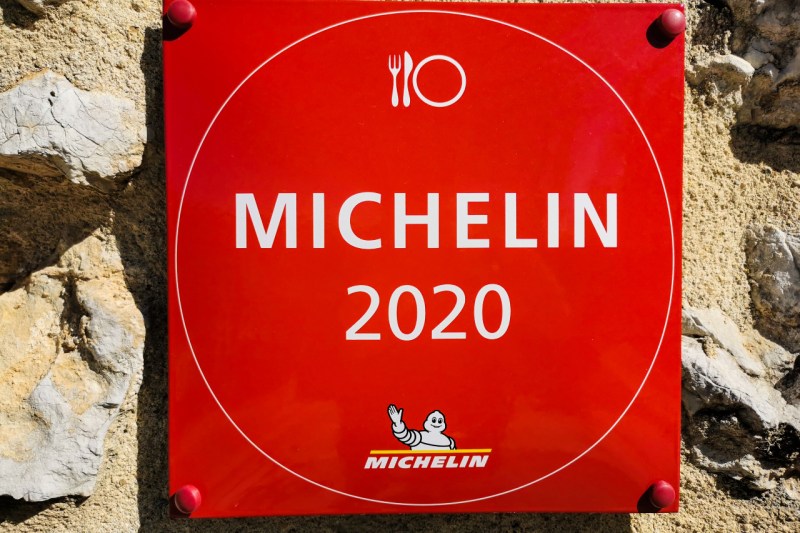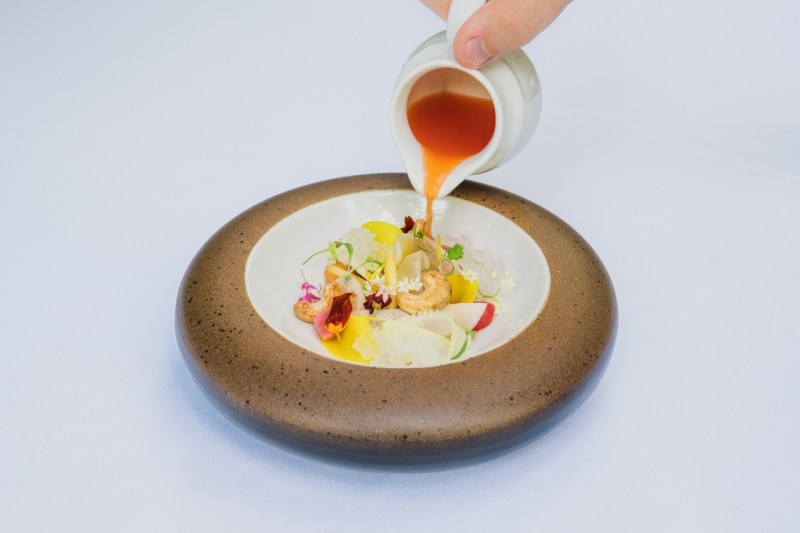As the most prestigious restaurant guide in the world, the Michelin Guide has a rather mysterious reputation. Michelin restaurant inspectors are anonymous when they dine, ensuring a lack of special treatment during a restaurant evaluation. Countless chefs have dedicated their careers to the pursuit of Michelin Stars, an award that can accelerate their careers.
Because of the COVID pandemic, Michelin paused their awards in 2020. However, recently the Michelin Guide has resumed operations. In California, the Michelin Guide recently celebrated 27 new stars (5 new two star awards and 22 new one stars). We spoke to a Michelin Guide Chief Inspector for an inside look into the intricate process behind the Michelin Guide.

Related Guides
- Eleven Madison Park Transforms Michelin-Starred Kitchen to Feed New Yorkers
- How To Smoke Steak According to a Michelin-Starred Chef
- This 29-Year-Old Sommelier Is the Next Generation of Wine
How Michelin Evaluates Restaurants

To start, the Michelin Guide awards restaurants on a three-star rating system, each star representing a different level. According to the Michelin Chief Inspector, these stars are defined as: “one Michelin Star represents high quality cooking, worth a stop; Two Michelin Stars represent excellent cuisine, worth a detour; Three Michelin Stars represent exceptional cuisine, worth a special journey.”
These levels are determined through a combination of factors: Quality of the products; harmony of flavors; mastery of the techniques and flavors; personality of the chef in his/her cuisine; and consistency between visits when deciding a restaurant’s distinction. To evaluate these factors, selection is measured by anonymous inspectors who dine up to two meals a day, five days a week.
Who are Michelin Guide Inspectors?
Since Michelin inspectors are anonymous, there’s a level of mystique to the profession. Even before they are selected, all Michelin inspectors are already experienced hospitality and restaurant professionals. After all, it takes a high level of experience and expertise to be able to properly evaluate restaurants on all factors.
Training for Michelin inspectors is comprehensive. New team members are trained by senior inspectors in both their region and internationally. These new members also follow senior inspectors on visits, learning by hands-on experience. Finally, because anonymity is essential, inspectors are trained to deflect questions when necessary (such as hiding their actual professions) and follow tradecraft akin to espionage operations. Some of these tradecraft techniques include learning how to book a table under aliases and arranging reservations for difficult-to-score restaurants.
New Changes to the Michelin Guide

The COVID pandemic not only halted Michelin evaluations but also changed some practices. Inspectors kept a close eye on restaurant openings and closings along with menu changes. Gradually, inspectors returned to restaurants depending on individual restaurant circumstances. Chefs impressed the Michelin Guide with their adaptability and creativity during the pandemic, when many faced issues like dining safety and supply chain problems.
As a result, a focus on local and sustainable products is now critical to Michelin’s evaluations. For the first time in America, the Michelin Green Star was introduced. According to the Michelin Chief Inspector, this new collection of restaurants “brings together chefs with a common cause, whose inspiring and virtuous initiatives and methods help to raise awareness of the importance of environmental issues.”
The Michelin Guide also does not restrict itself to only traditional fine dining. In recent years, there’s been a concentrated effort to evaluate cuisines and restaurants at all price points. For these restaurants, inspectors apply the same criteria they evaluate for higher end establishments. Specifically, the Michelin Guide has a category called the Bib Gourmand that recognizes restaurants that offer high-quality food for excellent value. The price category for a Bib Gourmand restaurant is usually around $40 or less (tax and gratuity not included) for a starter, main course, and dessert.



